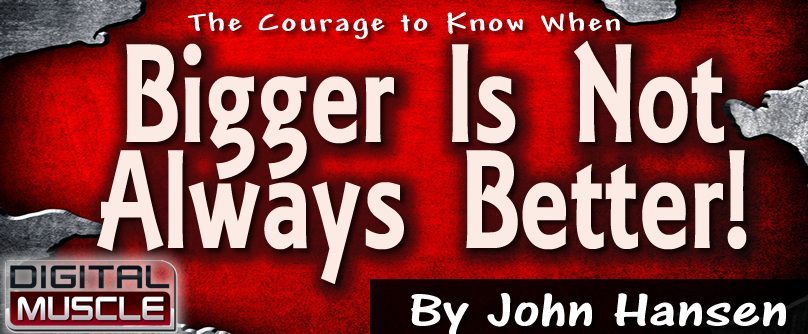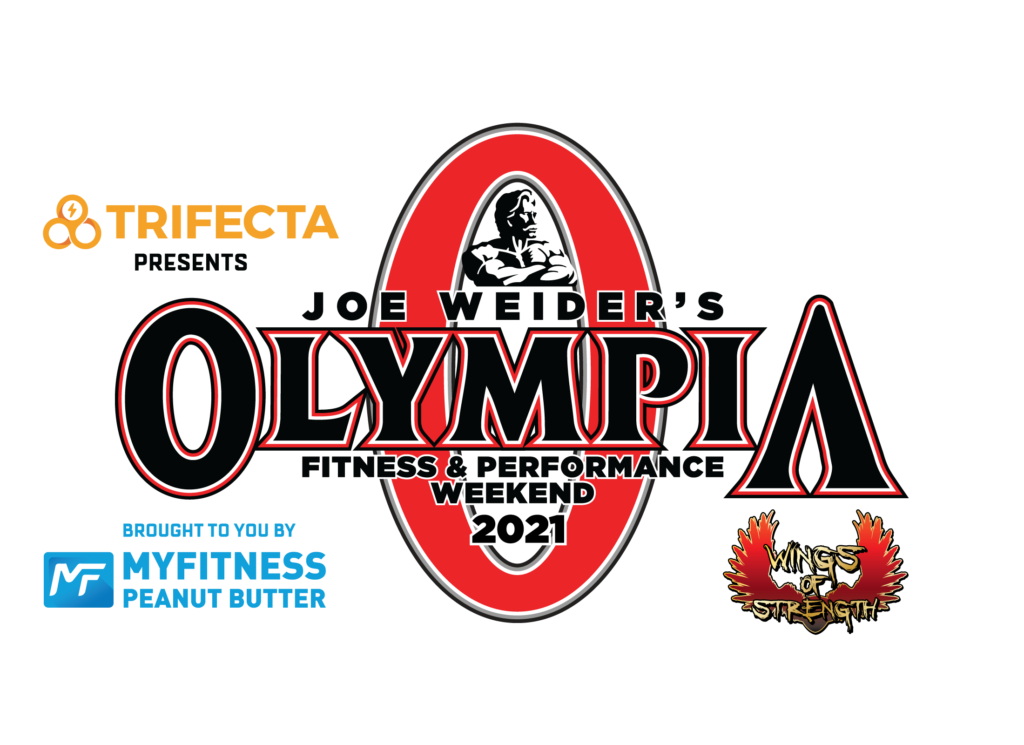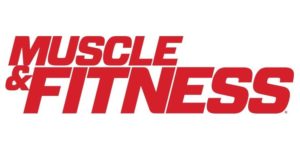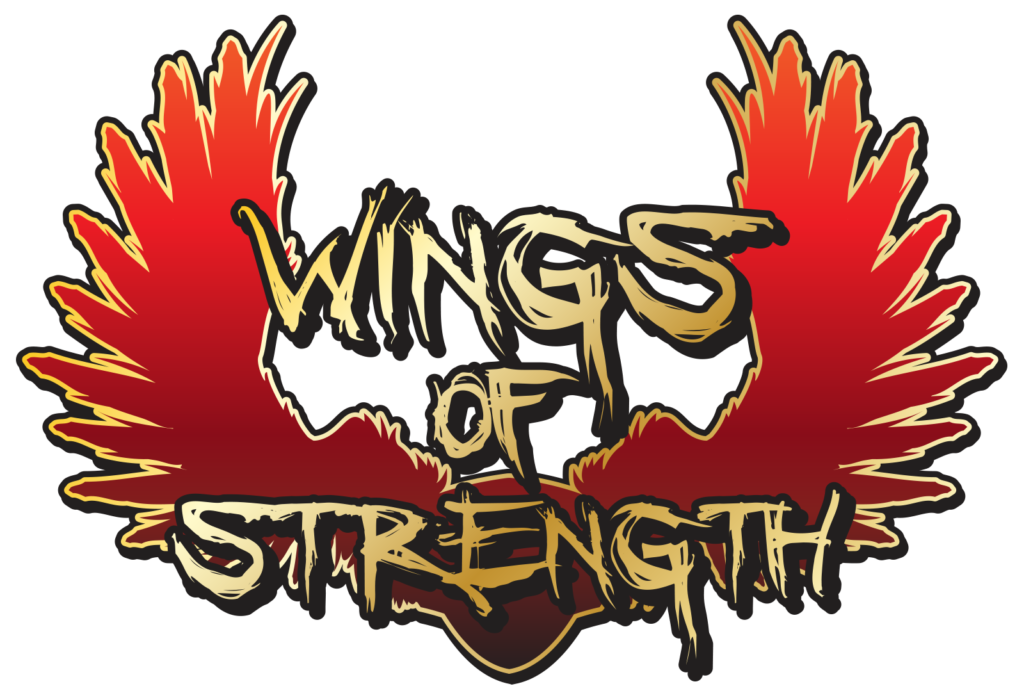By John Hansen
I recently interviewed an IFBB professional bodybuilder named Santiago Aragon about a decision he made to switch from the “Under 212lb” bodybuilding division to the new Classic Physique division. Santi, who earned his pro card at the 2014 NPC Nationals as a Welterweight, had just made his pro debut at the Miami Beach Muscle Pro event where he placed a disappointing 11th place.
Despite adding nearly 15 pounds of muscle to his frame in the last year and a half, Santiago was told in no uncertain terms by the judging panel that he needed to add another 30 pounds to be competitive with the rest of the bodybuilders currently competing in the 212lb bodybuilding division.
Santi, a big fan of the classic, aesthetic physique exemplified by his idol Lee Labrada, bristled at the idea of forcefully packing on another thirty pounds of muscle to his compact frame.
What would that extra weight do to his waistline, his classical lines, and his shape?
When I think about the arrival of the classic physique division, it takes me back to the 1970’s, a time when the movie industry experienced a major shift in the type of movies they were making.
Film critics and movie fans alike delighted at the slew of high quality, superior films that defined the decade. Movies like THE GODFATHER, TAXI DRIVER, THE FRENCH CONNECTION, ONE FLEW OVER THE CUCKOO’S NEST, THE PRESIDENT’S MEN, NEWORK, ROCKY, CHINATOWN, MEAN STREETS, THE DEER HUNTER, THE STING, MASH and AMERICAN GRAFFITI, among others, filled the cinemas. Hollywood was determined to bring the best films to the silver screen. The emphasis was not on the amount of money a movie would bring in, it was on how well the film was made and what impact it had on the cultural world.
Do you see where I’m going here? Stay with me…
Similarly, during the 1970’s, bodybuilders trained with the emphasis on developing the “perfect physique”. When it came to adding muscle, just like those movies, it was quality over quantity. Inspired by their idols like Steve Reeves, Reg Park, Bill Pearl and Larry Scott, the up and coming bodybuilders in the “Me Generation” instinctively knew that the art of sculpting the human body involved more than just adding mass and size. The shape of the physique, the proportion of the muscle groups, the symmetry of the body and the clear, distinct definition of the muscles was just as critical to winning the top prize at a bodybuilding contest as the size of the muscles themselves.
“Beauty is in the eye of the beholder”, goes the classic expression of subjective attractiveness. During the 1970’s and ’80’s, bodybuilding judges and competitors alike were aware that the ideal physique was one that combined muscle mass, shape, symmetry, definition and proportion. Developing and shaping the human body to resemble a classic work of physical perfection took years of intelligent, dedicated training, superior nutrition and an eye towards aesthetics and shape.
Bodybuilding fans went crazy over mass monsters like Sergio Oliva and Arnold Schwarzenegger in the 1970’s. As these Bodybuilding Giants posed down during their legendary battles on the Mr. Olympia stage, the fans were worked up into a frenzy watching the Austrian Oak and The Myth flex their 22 inch arms and trade off mind-blowing most muscular poses. However, even the most primitive fan of the sport recognized Sergio’s tiny waist and Arnold’s aesthetic flow which, combined with their out of this world muscle mass, contributed to producing the best bodybuilders on the planet.
Sergio, for all of his never before seen muscle mass and proportions, was never concerned with how much he weighed. Arnold, at the peak of his competitive career, was keenly aware of how his exalted muscle mass affected the beauty of his physique. “I purposely keep my competitive bodyweight at 235 pounds”, Arnold explained, “because that is the ideal weight to emphasize my muscle mass without taking away from my symmetry and shape”.
Frank Zane, despite only weighing 185 pounds, was able to win the Mr. Olympia in 1977 because he had developed a physique that emphasized shape, symmetry and definition. During his three year reign as the best bodybuilder in the world, Zane faced and defeated much bigger and more muscular bodybuilders because he made improvements to his physique each year, creating a more aesthetically perfect body that was also more ripped and defined than his competition. Because the judges were taking into account such qualities as symmetry, shape, proportion and the overall beauty of the physique, smaller and more aesthetic physiques like Samir Bannout, Mohammed Makkawy and Chris Dickerson were able to win many professional titles, including the coveted Mr. Olympia for Bannout and Dickerson.
Bodybuilders like Arnold and Zane were well aware of how important the overall shape and symmetry of the body contributed to creating the perfect physique. In the 1980’s, Bob Paris and Lee Labrada also emphasized these qualities whenever they were asked about their philosophy on bodybuilding. Labrada always said that bodybuilding is not about creating the biggest physique, it’s about developing the most perfect physique.
Bob Paris, the heavyweight and overall winner of the 1983 NPC Nationals and Mr. Universe, was heralded as the second coming of Steve Reeves when he turned pro. The bodybuilding magazines were so excited about this perfectly shaped 6’, 230 pound bodybuilder who had movie star good looks and the most symmetrical and aesthetic physique since Zane.
However, Paris refused to listen to the demands of the judges who insisted that he get bigger and more muscular in order to move up in the placings. Bob had an ideal image of what the perfect muscular male physique should look like and he developed his body to match that idealized image. As a result, Bob Paris never won the Mr. Olympia title and, in fact, never won a professional title at all.
“Beauty is in the eye of the beholder” and “Bigger is not necessarily better” – both can be applied to the sport of bodybuilding, both now and then. Bodybuilding is not about developing the biggest muscles, it’s about creating your own physical masterpiece by emphasizing the aesthetic qualities of shape, symmetry, proportion and muscular development.
Like Santi Aragon (and some of those legendary film makers) you will be staying true to your ideals. Have the courage to create your physique with the eye of an artist and then you will be a true bodybuilder.
A three-time Natural Mr. Universe and the first Natural Mr. Olympia champion, John is the author of the book Natural Bodybuilding (2005, Human Kinetics). A 14 year columnist for Ironman Magazine, John is the founder of FloridaPhysique.com where he covers the NPC Florida Bodybuilding scene and interviews legendary bodybuilders. John is also the promoter of the NPC Natural Suncoast Classic and offers consultations on training, nutrition and posing – in person and online.





